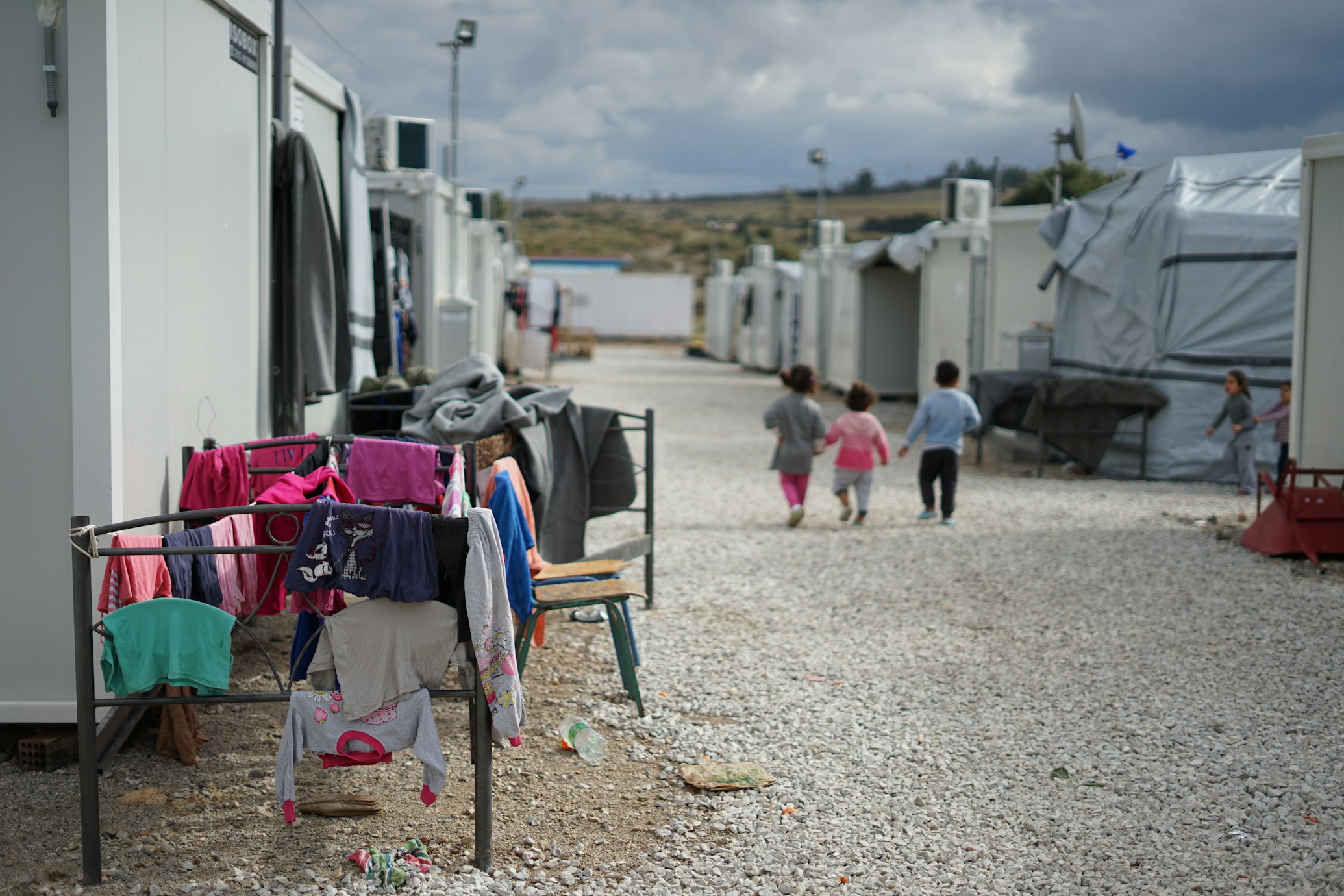Saudi Arabia and Iran Friends Again?

The changing geopolitical dynamic in the Middle East and China’s growing influence in the region
March 10th, 2023 marked a momentous occasion wherein China brokered a deal between Iran and Saudi Arabia thereby fostering their reproachment. Historically, relations between the two powers had been very turbulent in their individual quests for regional leadership. They had severed ties entirely for seven years, however, the new agreement promised a series of confidence-building measures and cooperation agreements. This creates a potential to bring about lasting peace in the region, with both countries recognising the need for dialogue and diplomatic engagement. What is more, the new deal has further implications for the geopolitical dynamic in the Middle East and China’s increasing involvement in the region. This is crucial and could mark a shift in arrangements in the international system. In the past, the US has exerted a large presence and has influenced the Middle East both politically and economically. However, China’s role as a mediator of this deal has far-reaching consequences on the operating mechanisms not only in the Middle East but in the international arena as a whole. It could indicate a retreat of the US from the region thereby creating a power vacuum to be filled by China.
Relations between Saudi Arabia and Iran had been fraught over numerous geopolitical matters, which were further exacerbated by religious conflicts. Tensions reached their height in 2016 with the execution of Shia cleric Nimr al-Nimr by Saudi authorities, which resulted in Iranian protesters attacking Saudi diplomatic missions in Iran. This ignited a conflict which had sweeping consequences on neighbouring countries such as Yemen where a proxy war has been fought over the past 6 years. While the two Gulf powers are seeking to expand their influence and strategic advantage for economic and political dominance in the region there are also underlying religious causes increasing these hostilities. Iran is predominantly composed of Shia Muslims. Conversely, Saudi Arabia positions itself as the preeminent Sunni Muslim authority. As such, Saudi Arabia has been spearheading a coalition of Arab states in a bid to quell the Houthi rebels who have seized control of significant portions of Yemen. Evidence has pointed to Iran’s deliberate cooperation with the rebels by supplying them with weapons.
If the deal between Tehran and Riyadh is fully enforced, it could produce realignment between the two nations. The agreement, furthermore, calls for observation of the cease-fire in Yemen, which was signed in April 2022 and Iran will terminate its provision of arms to the Houthi rebels. Saudi-Iranian hostilities have been the biggest destabilising force in the Gulf and as such this new deal carries the potential to reshape the geopolitical dynamic whereby a new regional security framework will commence.
Importantly, further discussions and monitoring of the development will continue to be mediated by China. This highlights China’s increasing role in the Middle East, while US influence is diminishing. For Tehran, closer relations with China are desirable because it debilitates the nuclear sanctions imposed by the US. Saudi Arabia who has historically maintained strong ties with the US has been increasingly dissatisfied with their foreign policy in the region. The deteriorating relationship between the US and Saudi Arabia can be partially attributed to the ongoing war in Ukraine. The Arab state cautioned the US against imposing sanctions on Russia. This will jeopardise the US’s ability to secure oil at a low cost.
Saudi Arabia’s increasing proximity to China is a clear indication that it is prepared to abandon its alliance with the United States if it no longer is in line with its interests. But what exactly does Chinese involvement in the region mean for the Western-led world order, and more specifically, the dominant role that the US has played up until now?
The growing influence of China and the changing dynamic is also reflected in the expansion of BRICS. An alliance between Brazil, Russia, India, China and South Africa, which is now facing enlargement with Saudi Arabia, Egypt, and Turkey who joined the New Development Bank. As it stands, BRICS represents 40% of the world’s population and accounts for nearly 25% of the world’s GDP. They are further strengthened by the bank reserve, which is backed by gold, unlike the US dollar. Specifically, with Turkey and Saudi Arabia applying for BRICS membership, they are drawing away from the US dollar as the reserve currency, thus dependence on the US dollar would be reduced. We are potentially facing the demise of Western hegemony with more countries turning to the emerging powers, thereby transforming the world order as we know it.
Further reading:
https://www.foreignaffairs.com/china/iran-saudi-arabia-middle-east-relations
BRICS reaching out to PEAKS: the next wave of expansion
https://www.iar-gwu.org/print-archive/l6vkmgjzj5sk9nsb56l3e8t9u3dnuu



